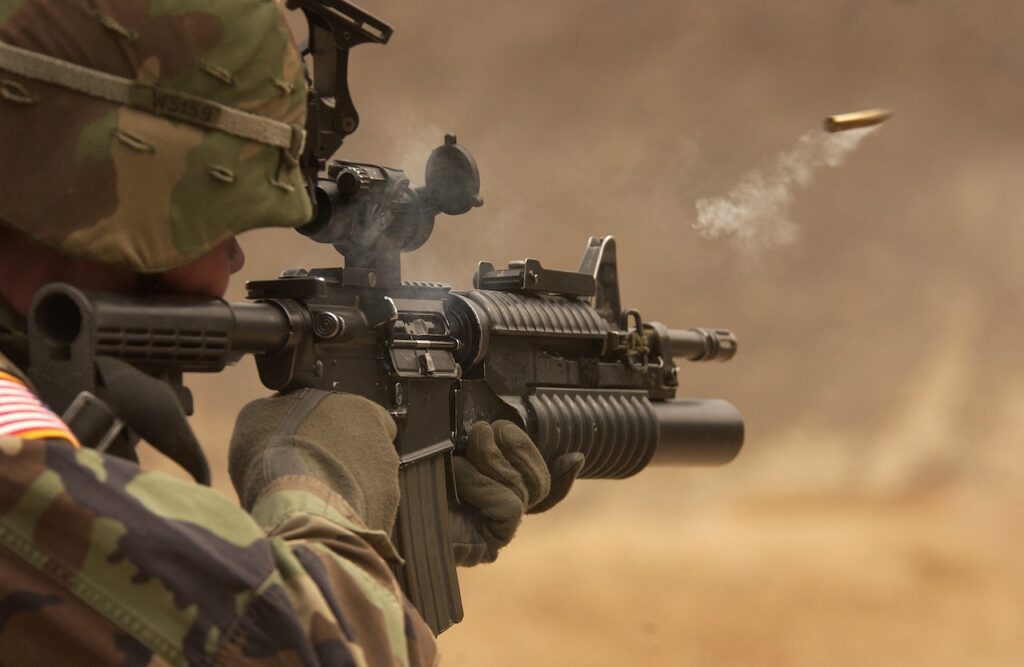
In today’s fast-paced world, where hustle culture and political turmoil are the norm, Stoicism stands out as a source of strength. It offers practical wisdom and resilience-building techniques that resonate with many who are dealing with stress.
Stoic philosophy promotes emotional control, minimizes negativity, and nurtures virtuous qualities. However, it has its limitations when it comes to addressing extreme and prolonged crises, particularly complex trauma. Such situations present unique challenges that put Stoicism’s teachings to the test.
Complex trauma encompasses a range of experiences, including ongoing abuse, neglect, captivity, human trafficking, genocide, and living in a war zone or area of civil unrest. To illustrate, let’s focus on the example of war.
The Importance of Virtue and Control
In Stoicism, virtue is the ultimate goal, encompassing wisdom, justice, courage, and temperance. However, during severe crises like war, maintaining virtue becomes challenging due to the ethical dilemmas that inevitably arise.
In wartime, commanders and soldiers confront many difficult choices, such as risking civilian lives or causing collateral damage to achieve military objectives. They must also decide when to use lethal force while adhering to the rules of engagement. Balancing self-protection with proportionality is essential in both offensive and defensive operations but is often extremely difficult.
Stoicism teaches the “dichotomy of control” as one way to attain virtue, emphasizing the importance of distinguishing between what we can and cannot control. By focusing on our thoughts and actions while accepting external events, we can find inner peace and resilience.
Pragmatism certainly has its merits during crises like missile attacks. The mental burden of ensuring personal and family safety can be overwhelming, and pragmatism helps mitigate risks. For instance, creating a comprehensive safety plan, like seeking shelter in the inner areas of a home and abiding by safety guidelines, reduces danger in the event of a missile strike. This sense of psychological safety can make it easier to cope with external chaos and focus on essential tasks.
However, the sound of an air raid siren can trigger a rapid physiological response, increasing blood pressure, inducing panic, and activating the body’s fight-or-flight mechanism. In such circumstances, maintaining rational control becomes challenging, and the line between influence and lack of control blurs. While taking safety measures can provide some relief, there is still a chance that a missile will breach protective walls, which is beyond one’s control.
The Limits of Stoicism
Stoicism places a strong emphasis on emotional resilience and mindfulness, but the harsh realities of war present significant challenges. Concepts like “memento mori” (remembering death) can amplify psychological distress, and “amor fati” (love of fate) becomes untenable after witnessing or experiencing atrocities. Additionally, Stoicism can sometimes encourage passivity in the face of violence and oppression. Nations like Ukraine, which must defend their existence, often do so by refusing to accept their fate.
War brings profound suffering, and acknowledging emotions becomes necessary. While maintaining composure is admirable, suppressing emotions and toxic positivity can worsen the emotional toll, leading to increased stress, anxiety, numbness, difficulty connecting with others, and a higher risk of long-term psychological harm, such as depression. Therefore, it is crucial to find healthy outlets to process and express emotions, and to work through them constructively. True emotional resilience lies in accepting challenges, embracing the full range of emotions, and using coping strategies for balanced well-being.
The Physical Effects of Trauma
While a Stoic response can initially help individuals accept danger and the risk to their lives, the daily threats of war lead to chronic traumatic stress, which significantly impacts the nervous system. Trauma activates the limbic system, triggering a “fire alarm” response and releasing stress hormones for survival. Typically, the parasympathetic nervous system restores calm after the danger subsides, allowing normal cognitive function. However, complex trauma disrupts this equilibrium, keeping individuals in a chronic state of survival mode and hyper-arousal.
Complex trauma, as described by Bessel van der Kolk in “The Body Keeps the Score,” can result in lasting symptoms such as headaches, muscle tension, fatigue, and gastrointestinal issues. Chronic stress from trauma can also harm the immune system and contribute to chronic health problems.
Releasing Stored Trauma
Because trauma is not solely a cognitive experience but also manifests in the body, traditional talk therapy may not be sufficient for addressing this stored trauma, as it primarily engages the rational mind. Therapies targeting the amygdala and limbic system to address trauma-induced panic responses become necessary. Somatic (body-centered) therapies, such as yoga, sensorimotor psychotherapy, breathwork, massage, and dance or movement therapy, connect the body and mind to release and process trauma effectively. Activities like singing and dancing can also provide a sense of release and catharsis.
In chronically traumatic situations, it’s essential to strike a balance between Stoicism and emotional release. Knowing when to practice Stoicism to endure challenging moments, where logic and reason need to dominate, and when it’s safe to release and process trauma becomes crucial for handling the ongoing challenges of war.